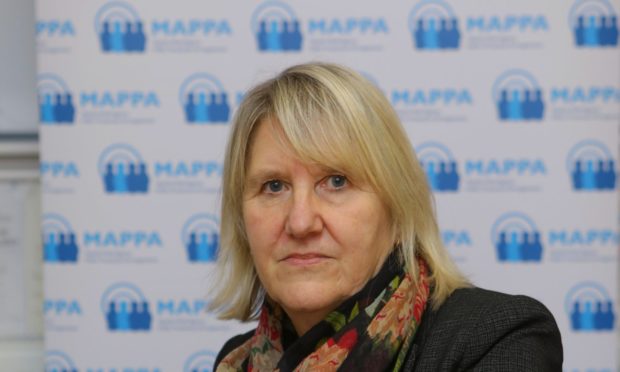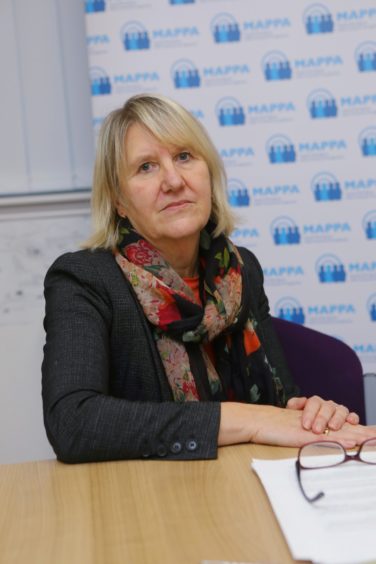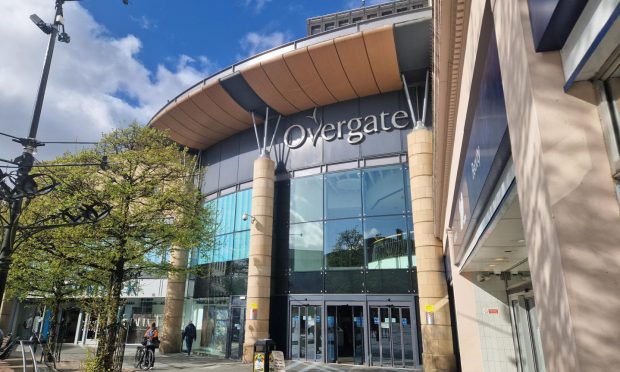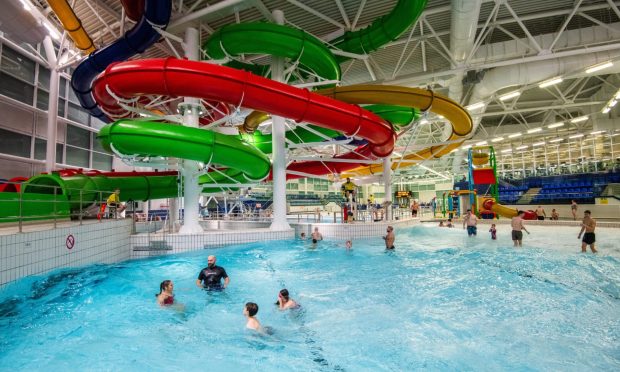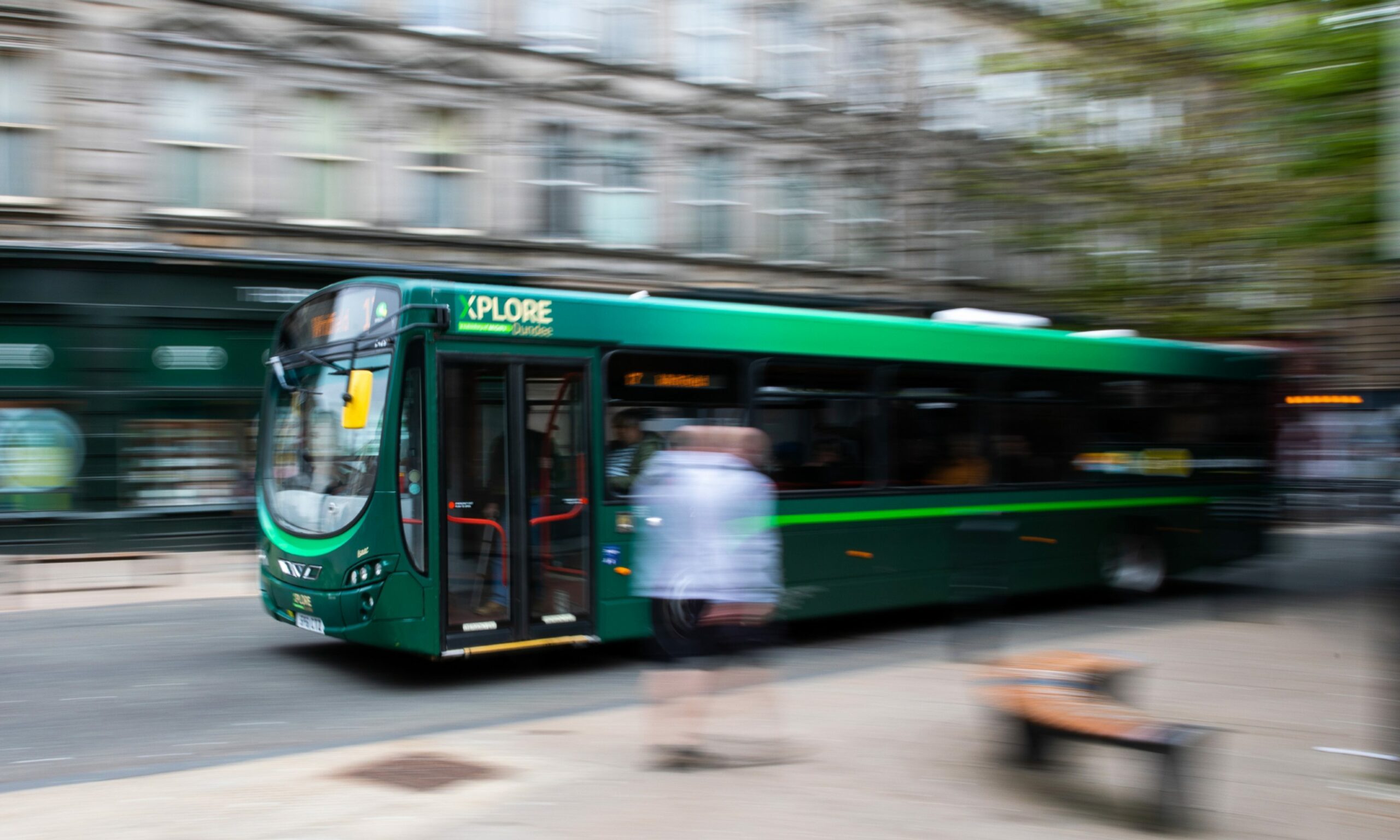The number of sex offenders in Tayside has reached a 10-year high.
There are now more than 400 Registered Sex Offenders (RSO), a record high for the region.
New figures show there were 407 RSOs living in Tayside communities in 2020, a rise of 113 since 2010.
The number has climbed every year for the last decade, other than a slight drop in 2017.
A report from Tayside’s Multi Agency Public Protection Arrangements (MAPPA) team said a “significant proportion” of offenders were convicted for downloading indecent images of children.
It also revealed just one third (35%) were subject to statutory supervision.
Elaine Torrance, independent chairwoman of the MAPPA, said in a report that more staff have been employed to the MAPPA, made up of police, councils, NHS Tayside and the Scottish Prison Service, to cope with the increased number of sex offenders.
She added that the vast majority of individuals do not go on to reoffend.
Detective superintendent Nicola Shepherd of Police Scotland’s specialist crime division, said the increase is due to more sex offenders being caught.
She said: “More offenders are being brought to justice through the courts for sexual offences and convictions for sexual crimes in Scotland has increased significantly in the last 10 years.
“This has resulted in an increase in the number of RSOs being managed under MAPPA arrangements nationally.
“The number of officers and staff dedicated to RSO management has also increased, ensuring we have appropriate resources locally and nationally to manage offenders.
“We robustly enforce the Sex Offender Notification Requirements and Sexual Offences Prevention Orders (SOPOs) and ensure all breaches are reported to the Procurator Fiscal.”
In the report for Dundee City Council’s community safety and public protection committee, Ms Torrance said: “The MAPPA process becomes vitally important when the offender is released into the community and the management of risk is continually assessed and regularly reviewed at formal multiagency meetings.
“It is recognised that no system can provide an absolute guarantee that an offender assessed as dangerous will not reoffend.
“However, last year more than 99% of MAPPA offenders who were being supported and monitored did not commit a serious further offence and we will continue our efforts to reduce the risk posed by high risk of serious harm offenders in Tayside.”
Where do they live?
Figures show most of Tayside’s sex offenders live in Dundee.
As of March 31 last year, there were:
- 167 in Dundee, an increase of 11 on the previous year
- 124 in Perth and Kinross, an increase of two on the previous year
- 116 in Angus, an increase of 14 on the previous year
Ms Shepherd said she understands communities may be concerned about offenders living in their area but reoffending is “very low”.
She added: “While we can never completely eliminate risk, MAPPA partners use robust risk assessment processes, and a range of investigative tools including the latest technologies, to manage RSOs, mitigate risk and to protect the public.”
What is being done?
The report shows just 35% of sex offenders are subject to statutory supervision, either through a community payback order or licence conditions.
Ms Shepherd said all offenders are assessed and managed “in line with the risk they present”.
She added: “The largest proportion of MAPPA offenders are managed at Level 1. This level of risk management is used in cases where the risks posed by the offender can be managed by one agency, without actively or significantly involving other agencies.
“Information sharing between the MAPPA partners and initial risk assessments take place for all offenders, regardless of the level of risk management, and offenders can be managed at different levels throughout their period of notification or supervision.”
The MAPPA report also said regular training is given to staff who manage and monitor offenders.
It added: “The agencies are committed to working together to prevent people becoming victims of serious harm and to support and monitor offenders to manage the risk of further offending.
“Whilst it is never possible to totally eliminate risk entirely, all reasonable steps need to be taken to reduce the risk of serious harm to the public from known offenders.”
